Policies from abroad currently ignore pre-2011 political conflicts while exacerbating the political divide emerging from the intra-regime Yemeni conflict of 2011. A myopic approach during the transition process further expands the space for militants to operate under new growing alliances. This is the final part. Read part one here.
Around the country, observers see a wide gap between the media’s illusion of a military ‘transformation’ and the reality of a one-sided ‘purge’ that neither unites Yemen’s armed forces nor contributes to a safer environment. Consensus among Yemenis in the north and south is that while presidential decrees provide glimpses of hope, people worry about the growing lapse in security. National Dialogue delegate Moneer al-Mawri, and Dr. Ali al-Subaihi, a southern activist in Sana’a, agree that the situation may be improving in the capital, but armed conflicts continue in al-Baydha, Hajja, and the Taiz provinces. Government forces remain fragmented, unwelcomed, and therefore unable to interfere to settle these conflicts. The so-called restructuring process has failed to alter the character of the armed forces, and the ongoing political positioning by winners and losers from presidential decisions contributes to a growing security vacuum across the country.
While media and international actors focus on making Yemen’s transition a model success story, proposed solutions are merely cosmetic and completely ignore the nature of deeply rooted conflicts. The military is a legacy institution with strong historical roots in the north and the south. A unified military was a major issue during negotiations to unify the Yemen Arab Republic (north) and the People’s Democratic Republic of Yemen (south) in 1990. The failure to share power according to the unity agreement, especially within the armed forces, was a precursor to the civil war of 1994. This grievance continues among southerners who claim northern hegemony over all national institutions has merely placed southern officers under the grip of traditional centers of power, and marginalized the southern population which is lacking employment opportunities and has no access to safety-net institutions like the military. Such issues have not played a role in the process of restructuring that merely aims to solve the political conflict of 2011 between the two main forces dominating the military: former President Ali Abdullah Saleh and Ali Muhsin al-Ahmar.
Ongoing Proxies: Obstruction and Incitement
The illusion of restructuring, never mind transformation, is viewed by many as a reshuffling of military officers. This process, which is well negotiated by all concerned actors, has only moved officers from one brigade or region to another. The officers are still under the direct influence of their patrons, and are not yet granting loyalty to President Hadi. As a matter of fact, loyalties remain divided. Even though the president has exerted much effort to place allies in key positions, he lacks sufficient power to exclude those loyal to traditional centers of power. The latter have ambitions beyond the National Dialogue and recognize that every presidential decree must be carefully negotiated to safeguard long-term interests.
Yemen’s armed forces are indeed a priority to all actors. Those with rooted interests in the military aimed at protecting their role, and those threatened by a strong military, simply want to avoid drastic changes to the status quo. The military is not only a legacy institution, but its historical nature and role in society has also been a product of constant negotiating among centers of power — protecting tribal interests or political parties. The nature of the armed forces goes beyond the ‘guardian of the revolution’ in the north or ‘guardian of the [Socialist] party’ in the south. It has also been an economic pillar: the military runs the Yemen Economic Corporation, and the militarization of the security establishment has created wealth for both patrons and clients.
The armed forces consist of a weak, aged and mismanaged Air Force whose modernization represents a strategic threat to regional neighbors. Naval forces are weak, small, and untrained. The Coast Guard, highly funded by Western governments, remains weak, inexperienced and mostly focused on safeguarding Yemen’s waters from increasing human trafficking from Africa. Special Forces, either under the control of the Ministry of Defense or the Counter-Terrorism Unit of the Ministry of Interior’s Central Security Forces, are new and its numbers are diminishing. In light of reports that over 3000 officers have disappeared from the ranks with their weapons, the forces have proven inefficient after years of intense training by Western governments. The army is a pillar of society, always regarded as the guardian of the republic, but it is deeply fragmented with loyalties to individuals rather than the institution. While it is a safety-net institution for many Yemenis upon their 18th birthday, soldiers are underpaid and corruption not only obstructs modernization but also depletes government coffers.
Recent incidents have proven both the lack of capacity and the divided nature of the armed forces. Rallies by the Islamist party al-Islah have resulted in violent clashes and even deaths of demonstrators at the hands of security forces. In southern Aden province, this led to increased anti-central government sentiments and heightened tensions between the Southern Movement and Islah. In Sana’a, although they remain peaceful, rallies organized by Ali Abdullah Saleh, president of the General People’s Party, continue to show his power and serve as messages to national political actors and the international community. In other conflict areas like central al-Baydha province, where Ansar al-Sharia Islamists continue to gain ground, observers see clashes as proxies to either increase territorial gains or repel existing gains by political rivals. Moreover, instability in the oil-rich eastern province of Mareb is also said to stem from political infighting. Tribesmen attack power lines, leaving the capital in darkness for hours each day, as part of political clashes under the cover of complaints for losing commercial tenders or detained relatives.
Security Vacuum & Growing Instability
Infighting within the armed forces goes beyond negotiations leading to presidential decrees. Conflicts extend to clashes among military units occupying the same military base or streets. Turf wars directly affect ordinary soldiers who fear losing their job or place in the hierarchy as a result of changes in command. Army units under commanders with links to Ali Abdullah Saleh increase their animosity toward troops from the Ministry of Interior, perceived as being under the influence of al-Islah. Conflicts are erupting between army units or military and law enforcement units in areas like Rada and Taiz. In the south, where jihadists seem to benefit from ongoing calls for secession, as recently commented by The Economist, the situation is increasingly ripe for a protracted armed conflict that may engulf Yemen and spread to neighboring countries.
While secessionist leaders deal with increasing pressure from the population to escalate beyond protest and sit-ins, people in Abyan are growing dissatisfied by the government’s inability to fill the vacuum created after Ansar al-Shaira militants were defeated in June 2012. Even though Ansar al-Sharia lacks a strategy to recall its fighters and engage the tribal Popular Committees now guarding most of southern Abyan province, journalist Abd al-Razeq al-Jamal says residents of cities like Jaar and Zinjibar reminisce over perceptions of stability and order under the authority of Ansar al-Sharia from March 2011 to June 2012. This is of concern as militants are now present outside al-Anad in Lahj province, outside Rada in al-Baydha and spreading throughout Hadhramawt in the east. Such widespread presence by Sunni Islamist militants in southern territories will present a second front for secessionists who already experienced the conflict once — as Arab-Afghans were recruited to fight southerners during the 1994 Civil War.
In northern areas, government forces remain unable to exercise authority in the Houthi-controlled Sadah province, militias clash in Hajja and tribes have moved toward the Saudi border to put further pressure on Sana’a and its relations with Saudi Arabia. In December 2012, Yemen’s army moved into Surwah, the Mareb province, against Sheikh al-Mu’alli and known al-Qaeda operatives living in the area. The operation led to violent clashes, with houses being destroyed and a number of foreign fighters captured. As it is common with such operations against tribal elements in Mareb, allies of al-Mu’alli joined the fight and continue to disrupt security in the province. In the same month, the army also moved against elements of Ansar al-Sharia in southern al-Baydha province. The initial motive behind this operation was a rescue attempt of foreigners kidnapped in Sana’a who were believed to be held in the area. Militants have gained strength in al-Baydha once again as a result of an alliance with the al-Dhahab family, involved in the attempt to establish an Islamic Emirate in Rada in early 2012.
Growing instability now plagues areas previously without a history of such armed militancy or banditry. The resurgence of tribal forces in the southern province of Taiz is now blamed for increasing insecurity. The provincial governor, Shawqi Ahmed Anam, has been unable to deal with resistance from political forces, which grew from the 2011 crisis. Universities continue to be closed, the economy continues on a downward spiral and people fear vigilantism and revenge conflicts. Sources also indicate that the neighboring province of Ibb, a green and otherwise highly productive region of central Yemen, is now a point of gravity for Islamist militants. Unconfirmed reports by observers indicate military units now include recruits from among such elements in various areas of Ibb. The authority vacuum in such areas grows from internal fighting in the armed forces and a broken chain of command. In Taiz, insiders admit orders from the governor are often ignored and officers refuse to answers phone calls. Tribal elements, believed to have ‘guarded the revolution’ in 2011, are now demanding rewards for their role and obstruct the work of civil authorities.
Measuring Success
Provinces like Aden and Taiz once boasted of their unique social character and civility. People in these areas rejected tribalism and were proud of their educated classes. Now they are overwhelmed by political maneuvering and the inability of the central authority to provide basic services. In Sana’a, people are reminded daily of their vulnerability at the hands of tribesmen in Mareb which are beyond the reach of government troops. Hodeida is now threatened by tribesmen following a relative’s death during clashes with government troops. The soldier accused of killing the tribesman is from Hodeida. Examples of flaring points are abundant across Yemen at a time when all political capital is vested in the success of the National Dialogue process.
Few major actors in Sana’a will admit that President Hadi was pressured to launch the dialogue without being fully confident of its success. Nevertheless, many will agree that the threshold for success is fairly low, and while political actors recognize the process will not solve core issues, they believe acceptable success means no major armed conflict between political factions and an acceptable modus vivendi within the armed forces. This will of course not satisfy the international community, which remains focused on the growth of al-Qaeda in Yemen as momentum grows for al-Qaeda affiliates in areas like Syria. The fight against al-Qaeda, even after Hadi’s May 5, 2012, speech promising to elements from all provinces that al-Qaeda terrorism will be eradicated, is still not a priority for Yemen’s government. Abd al-Razeq al-Jamal confirmed a temporary truce between al-Qaeda and the government during the period of the dialogue, but the truce proved short-lived when another officer was assassinated on April 14. The ongoing restructuring process may lead to fewer allies within the armed forces willing to risk political capital in pursuit of al-Qaeda operatives. Regional neighbors will continue to be engaged in Yemen hoping to dissuade actors from further falling under Iran’s sphere of influence. The Gulf monarchies lack a cohesive strategy, and their success is the containment of instability within Yemen’s borders, avoiding a spillover effect. Relations with various political actors will allow Gulf States to manage the usual balance, thus preventing a total breakdown of the military and the state.
The transition process has not been easy, nor will the coming months be too promising for President Hadi’s balancing act. Amidst rumors of a potential rapprochement between parties involved in the fighting of 2011, observers see a cooling off period as a major success. Each side has made its gains so far, and in efforts to avoid granting others opportunities for expanded influence, each side may resolve to simply guard its position. This scenario would obviously prolong the authority vacuum and grant non-political actors opportunities to advance their own ambitions. Groups like Ansar al-Sharia may lack a comprehensive strategy to recover lost territory, but having spread throughout the country such elements will become assets for militias aiming to keep government troops out of their areas. The same expert source commenting on the new regional commands also said “weakened Special Forces units will lead to a lack of capacity by the state to repel any militias threatening state institutions,” or elements threatening the capital itself. This scenario would affect prospects for national reconciliation and continue to prevent any degree of economic recovery over the coming months.
*[Note: Some sources in this article have not been explicitly named. The authors and Fair Observer respect their right to remain anonymous.]
The views expressed in this article are the author's own and do not necessarily reflect Fair Observer’s editorial policy.
Image: Copyright © Shutterstock. All Rights Reserved
Support Fair Observer
We rely on your support for our independence, diversity and quality.
For more than 10 years, Fair Observer has been free, fair and independent. No billionaire owns us, no advertisers control us. We are a reader-supported nonprofit. Unlike many other publications, we keep our content free for readers regardless of where they live or whether they can afford to pay. We have no paywalls and no ads.
In the post-truth era of fake news, echo chambers and filter bubbles, we publish a plurality of perspectives from around the world. Anyone can publish with us, but everyone goes through a rigorous editorial process. So, you get fact-checked, well-reasoned content instead of noise.
We publish 2,500+ voices from 90+ countries. We also conduct education and training programs
on subjects ranging from digital media and journalism to writing and critical thinking. This
doesn’t come cheap. Servers, editors, trainers and web developers cost
money.
Please consider supporting us on a regular basis as a recurring donor or a
sustaining member.
Will you support FO’s journalism?
We rely on your support for our independence, diversity and quality.


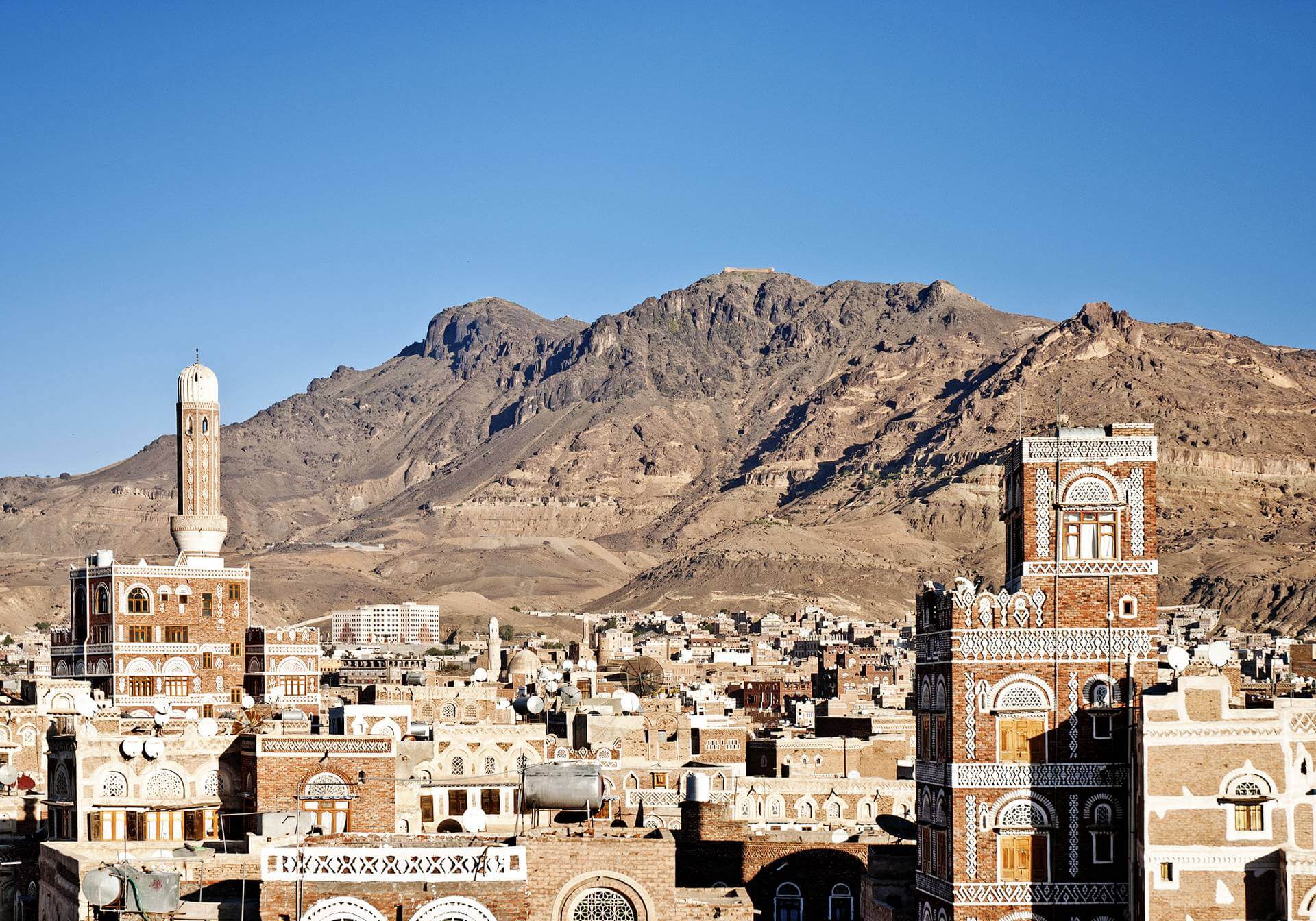

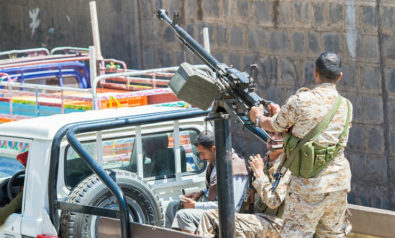
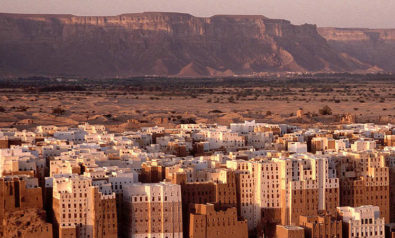
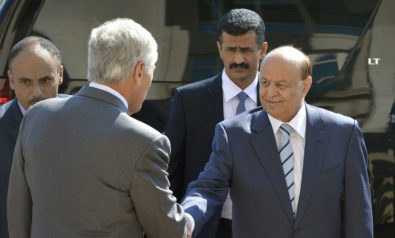
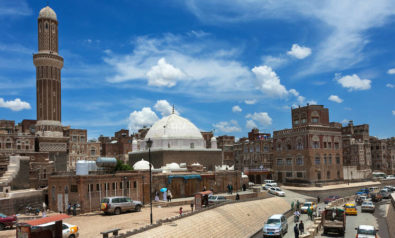
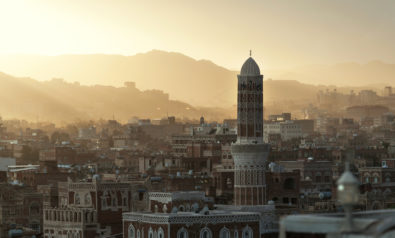
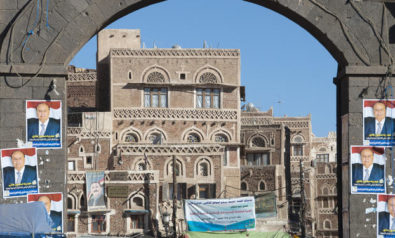
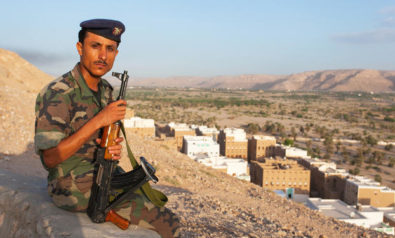

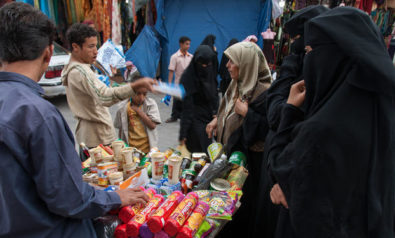
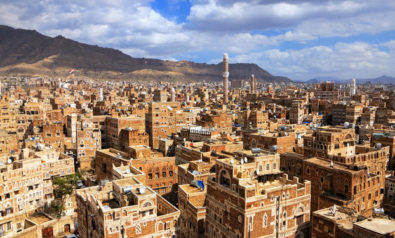
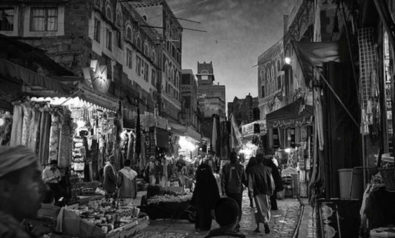
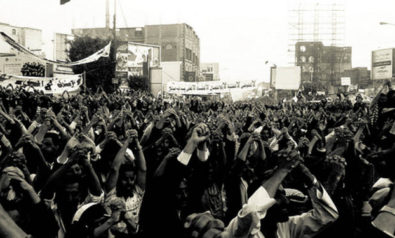
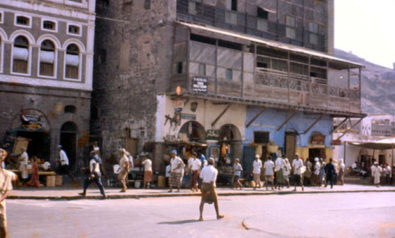
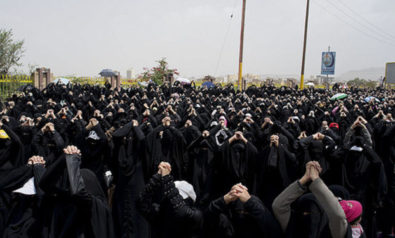
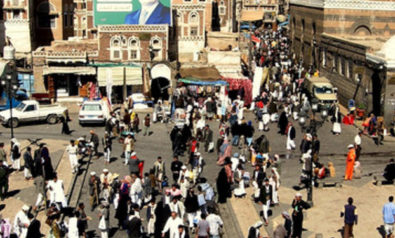

Comment